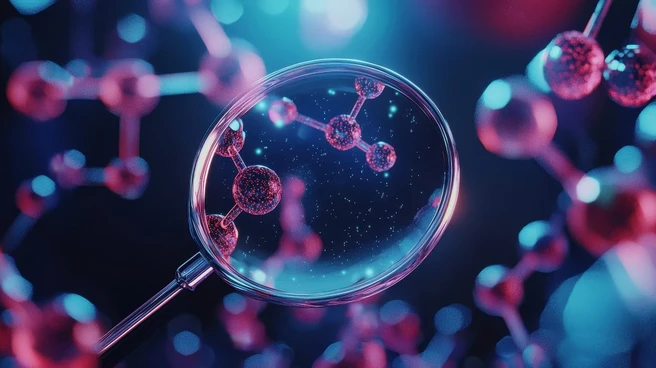Turning greenhouse gases like carbon dioxide into valuable raw materials such as fuels is a true milestone for climate protection. That’s exactly what e-conversion researcher Christopher J. Stein, Professor of Theoretical Chemistry at the Technical University of Munich's School of Natural Sciences, is working on. Together with his team, he develops methods to describe catalysts more realistically in the pursuit to predict how they work with greater reliability. Catalysts are at the heart of countless chemical processes and make them technically feasible in the first place. These materials are essential for CO₂ reduction: without the right catalyst, the reaction simply won’t work. “Many materials look promising, but they’re often not stable or efficient enough on an industrial scale,” Stein explains. “For us as theoreticians, that’s a huge motivation to contribute with our expertise and methods—and the first step is being able to describe the reaction in detail.” In collaboration with postdoctoral researcher Dr. Elena Kolodzeiski, he has now moved a big step closer to this goal, as shown in their recent publication in Angewandte Chemie.
Zooming in on the catalyst surface
So far, most computer simulations have relied on highly simplified models: perfect, flat surfaces with neatly arranged atoms. “But experiments in recent years have shown that the real world looks very different. Reactions actually take place at defects and irregular structures. And surfaces themselves change continuously under reaction conditions—depending on pH levels, temperatures, and more,” Stein explains. In their new study, Stein and Kolodzeiski demonstrate how simulations of CO₂ reduction on copper surfaces can nevertheless be performed with both efficiency and precision. Their method is called Projection-Based Embedding. “The idea is to divide the system into two parts: a small central region where the reaction actually takes place, and the surrounding environment. For the central part, we apply highly accurate quantum-chemical methods, and for the rest, less computationally demanding techniques,” Kolodzeiski illustrates. The tricky part: in metallic catalysts like copper, electrons are strongly delocalized, spread across many atoms. That makes it difficult to split the system meaningfully. The new publication shows for the first time that this is indeed possible—if certain conditions are met.
Finding the right key to the electron dance
A central element is the right treatment of what chemists call “exact exchange.” The TUM researchers have now shown how this factor needs to be chosen to properly describe the artificial boundary between the reaction center and its environment. “With this approach, we were able to calculate the binding strength of key intermediates in the CO₂ reduction reaction on copper surfaces with remarkable accuracy—a system widely regarded as very promising in electrocatalysis. What’s more, the method can be transferred to other metals and reactions,” Stein points out. The study demonstrates that catalyst screening with embedding methods is indeed possible, even for metallic surfaces. In other words, researchers can now zoom in on the processes that really matter, without neglecting the environment and without sacrificing accuracy. This breakthrough is part of Stein’s broader research vision. Recently, he received an ERC Starting Grant for his project HeliECat. The goal: to combine quantum-chemical models with artificial intelligence and make simulations so realistic that they can reliably guide experiments in practice. With advances like this, the vision comes closer to reality: not only avoiding CO₂ but actively turning it into valuable products—paving the way toward a truly sustainable circular economy.
Publication
Elena Kolodzeiski, Christopher J. Stein.
Efficient Electronic-Structure Methods Toward Catalyst Screening: Projection-Based Embedding Theory for CO2 Reduction Reaction Intermediates; Angewandte Chemie 2025
https://doi.org/10.1002/anie.202503418
Contact
Prof. Dr. Christopher J. Stein
Technical University of Munich
TUM School of Natural Sciences
Department of Chemistry
christopher.stein(at)tum.de
Original article: https://www.e-conversion.de/simulations-co2-reduction/
